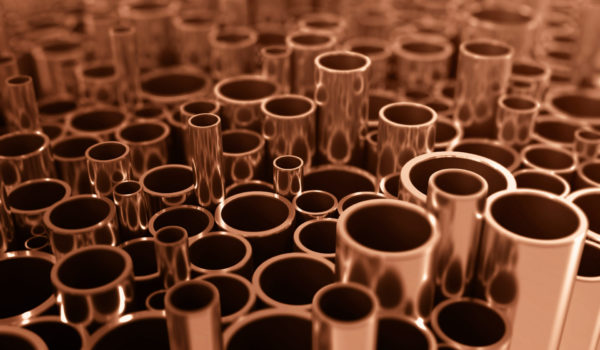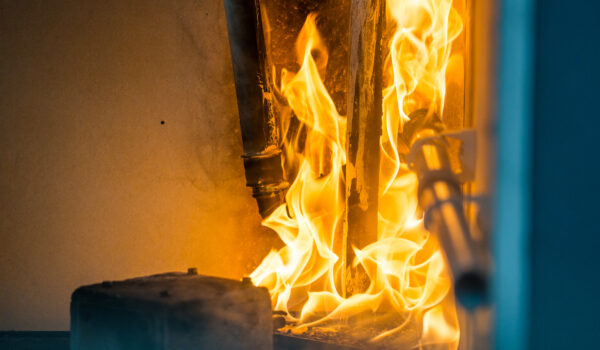Reducing waste is key to limiting the impacts of landfill and incineration on the environment, all while preserving essential resources for the future.
But the incentives don’t end there: businesses that reduce waste can also benefit from lower costs and an improved reputation.
So, what can suppliers, manufacturers and installers working within the plumbing industry do to reduce waste? Read on to find out!
The growing concern of plumbing waste
While industry-specific data on plumbing waste is limited, we do know that construction, demolition and excavation – of which plumbing plays an important part – accounts for 62% of all waste produced in the UK.
Plumbing waste can arise during construction from excess supplies or off-cuts of tube. It can also stem from damaged pipes and other plumbing products that need to be replaced during the lifecycle of a building.
In most cases, though, plumbing waste is generated at the end-of-life stage. Products like pipes, valves and fittings are all examples of plumbing fixtures that become waste when a building is demolished.
Population growth and demand for housing has led to an increase in plumbing waste, however other factors have also been at play. Like many other sectors within construction, the plumbing industry has seen a rise in the use of plastics in recent decades.
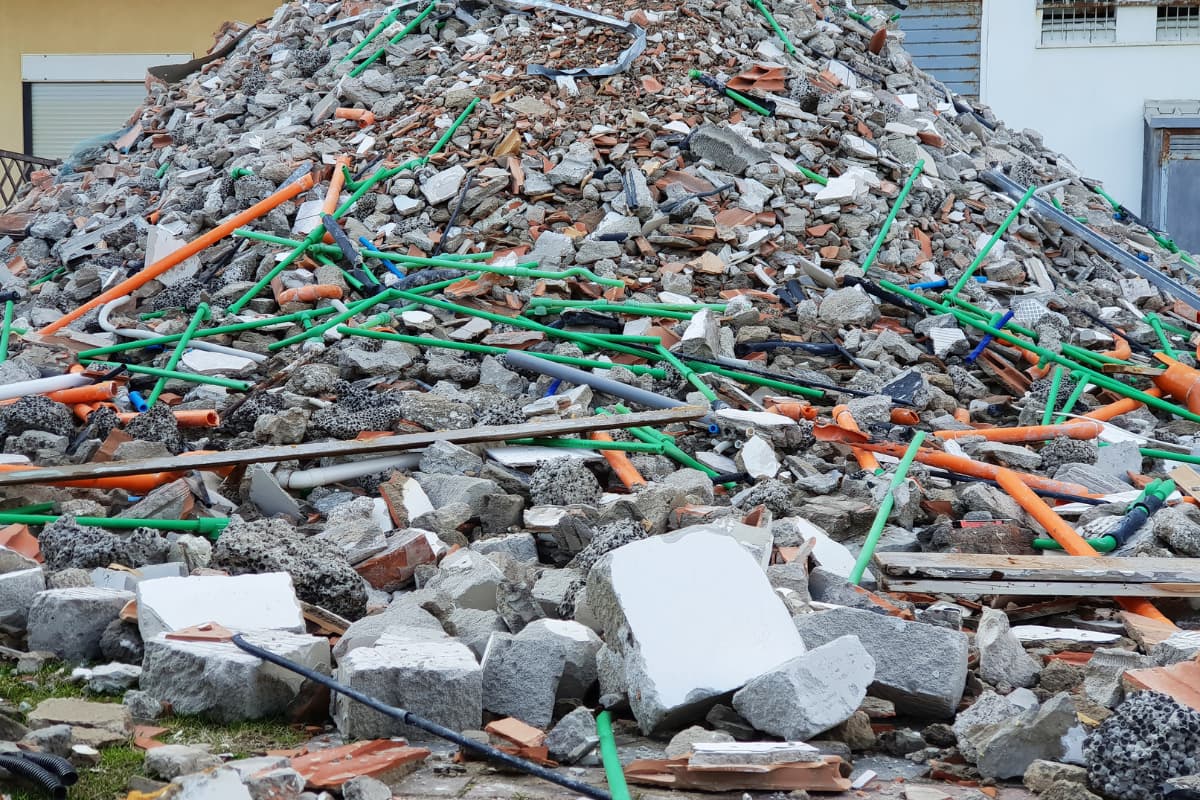
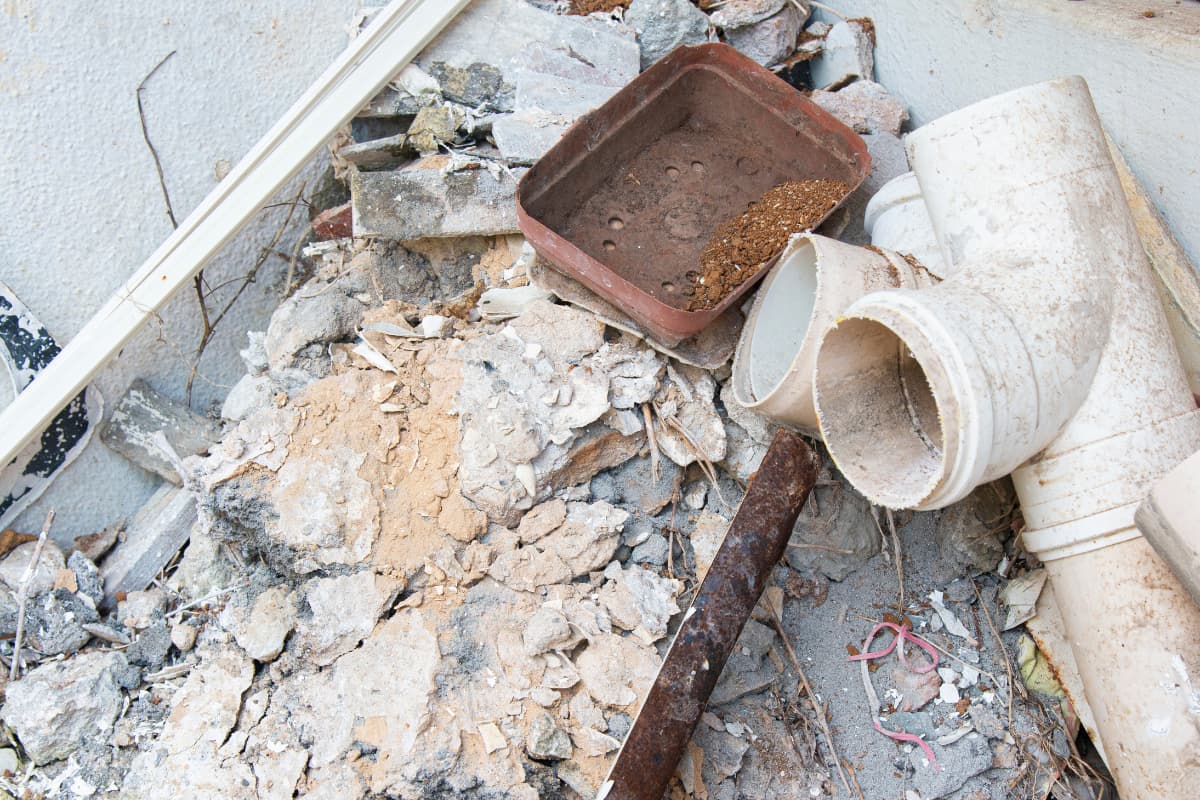
Single-use plastics are often used to package products like pipes and fittings on their journey from manufacturer to supplier to installer. Plastic foam typically made of PE is also used to insulate pipes.
Elsewhere, plastic pipes made of polymers like PEX, PVC and HDPE, as well as MLCP – a multilayer pipe generally made of PEX and aluminium – have become increasingly popular due to their low costs and ease of installation.
However, these pipes are often prone to breakages and failure well before their stated service life. When these pipes are replaced, only in rare cases are they recycled and instead are sent to landfill or incinerated.
The environmental impact of plastic waste is profound. In the case of MLCP, which is virtually impossible to recycle due to difficulties in separating the layers that make up the pipe, the product takes more than 450 years to decompose.
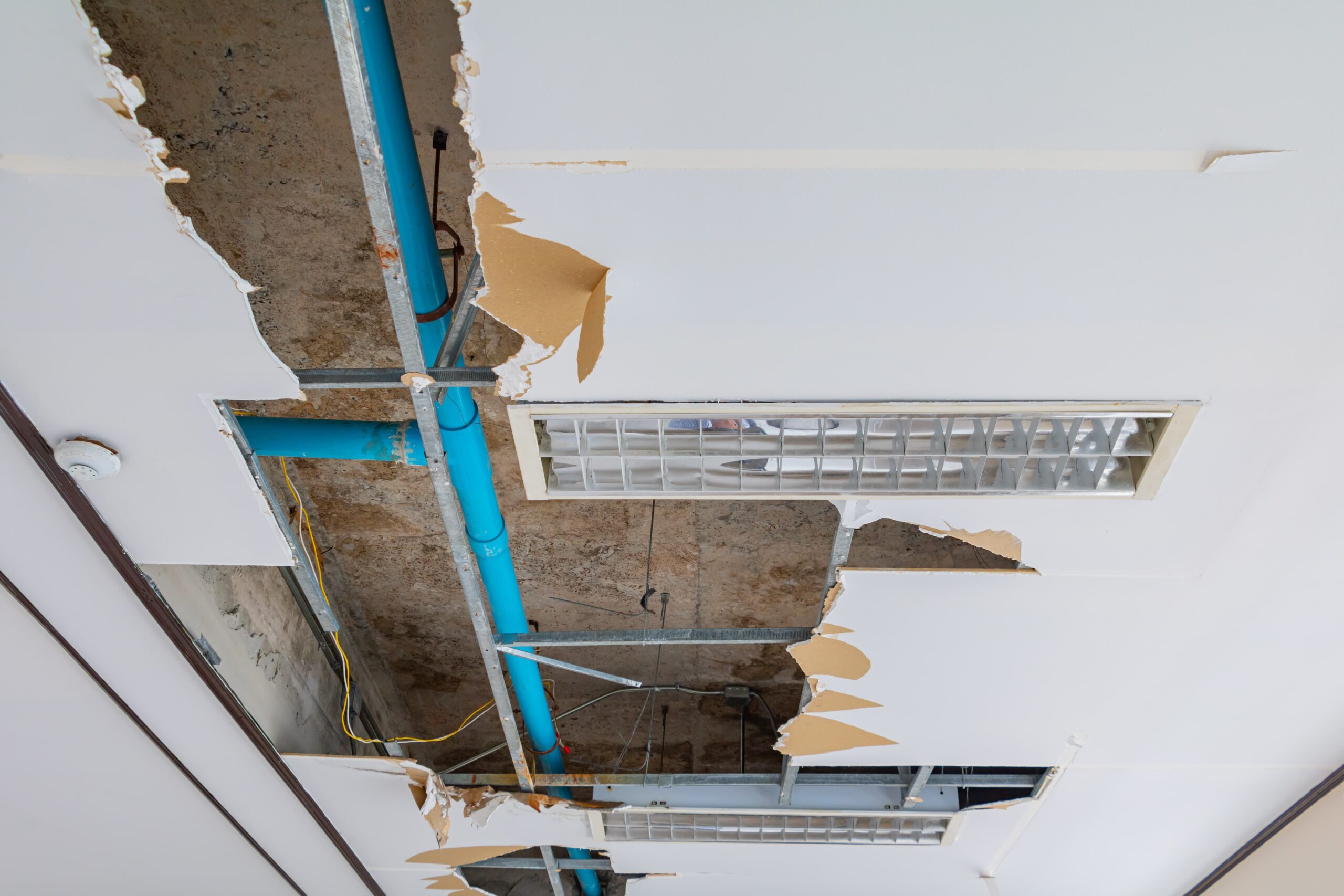
Learn more about the rising use of plastic in construction below.
Top tips for reducing plumbing waste
At present, reports suggest the UK construction industry is falling behind in its net-zero commitments, and it is the responsibility of all those working within the trades to help turn the tide.
So, what can installers, suppliers, manufacturers and other plumbing professionals do to play their part? Below, we share five practical tips for minimising plumbing waste.
1. Reduce packaging
Packaging is one of the most common causes of plumbing waste. Despite there being plenty of sustainable options available, packaging materials with low recycling rates are often favoured by suppliers and manufacturers.
As an installer, you can reduce waste by choosing products with packaging that’s explicitly described as recyclable or reusable. For larger orders, crates and containers that can be returned to suppliers after use are a great way to reduce waste sent to landfill.
2. Avoid overordering
Overordering is an easy trap to fall into, particularly when working across multiple projects. But with a careful and considered approach to inventory management, you can not only reduce waste from leftover supplies but also control costs.
With pipework, it’s important to take the correct measurements ahead of the installation to ensure you only order what’s needed. If you do end up with a section of pipe from a previous fitting, it’s always worth hanging onto for future jobs.
3. Build the right relationships
The transition to a circular economy requires suppliers, manufacturers, installers and scrap merchants to work closely and collaboratively in order to keep materials within a continuous cycle of reuse.
Installers play a pivotal role within this cycle and should strive to build strong relationships with local suppliers and scrap merchants, allowing for efficient management of waste and regeneration of materials.

4. Pick recyclable materials
While there are a number of behavioural shifts that plumbing businesses can adopt to be more sustainable, the most effective way to reduce waste is to choose recycled products while avoiding those with low recycling rates.
If a product cannot be recycled, or recycled only a few times, then no amount of special care can prevent it from becoming waste. In spite of this, many plumbing products on the market today are not recycled.
Suppliers and installers should take care to distinguish products like PEX and MLCP that are marketed as theoretically recyclable from those that are actually recycled in practice, such as copper and steel.
5. Consider longevity
Another important but often overlooked factor is longevity. The more durable and longer-lasting a plumbing material, the less waste is generated from repairs and replacements.
Plastic pipes typically have a shorter lifespan than metal pipes, being more susceptible to peeling and cracks. Across the lifecycle of a building, plastic pipes may need to be replaced multiple times, whereas metal pipes often outlast the building itself.
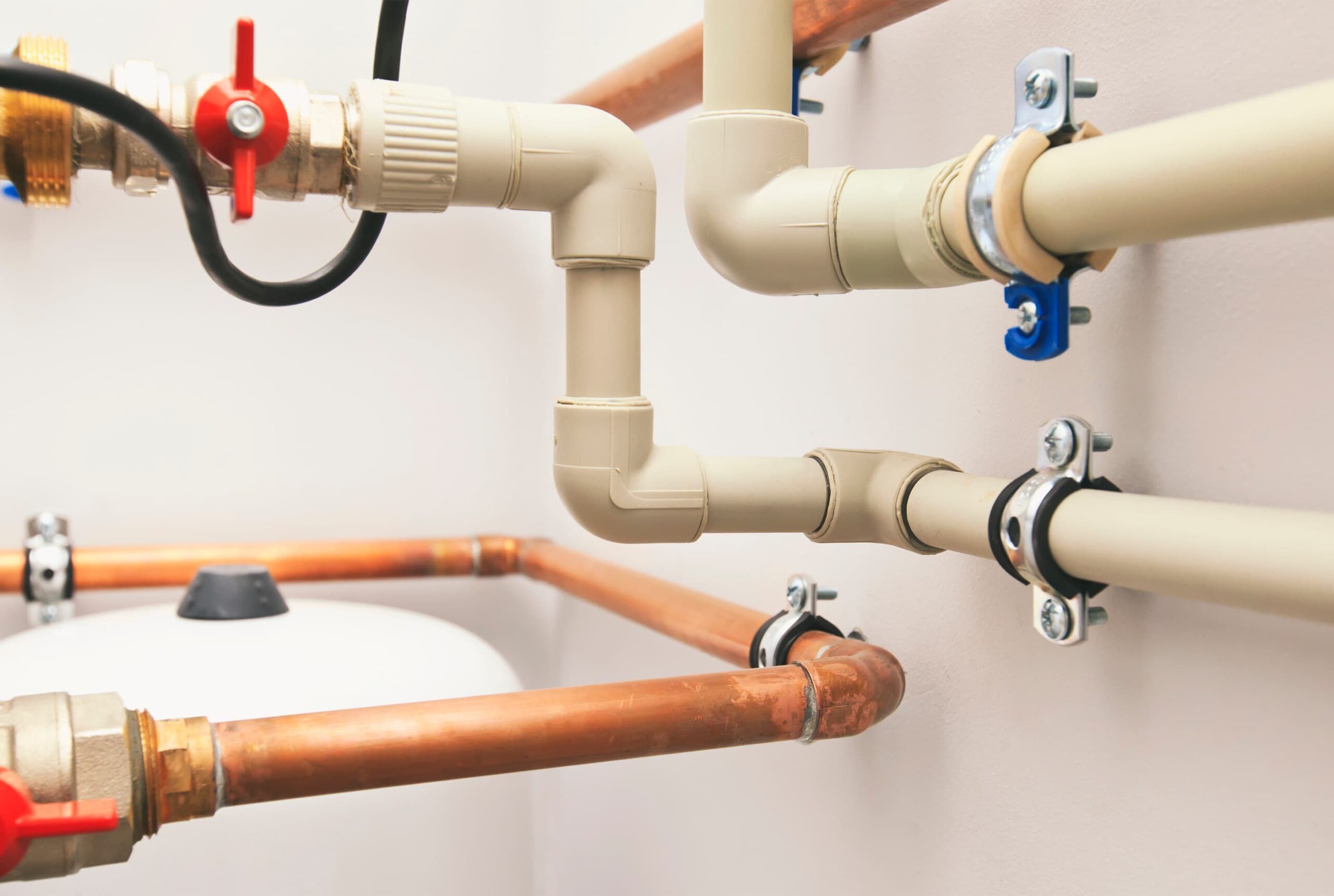
Learn more about the benefits of copper over plastic below.
Building towards a sustainable future
Like the rest of the construction industry, the plumbing sector faces a major challenge in reducing its environmental impact – particularly in terms of waste production.
With greenwashing becoming more common, it’s vital that suppliers and installers educate themselves on the sustainability of different materials and take a proactive approach to reducing plumbing waste.
Inventory management and relationship building are two examples of positive changes that can be made to limit environmental impact, but ultimately the main obstacle is to reduce the industry’s dependence on non-recyclable materials.
By prioritising products like copper with high levels of recycled content and an established infrastructure of scrap collection, recycling and reuse, the plumbing sector can make significant strides toward a zero-waste, truly circular economy.
Want to learn more about the role of copper in pioneering a more sustainable future within the construction industry? Check out our other news items or subscribe to our newsletter!
